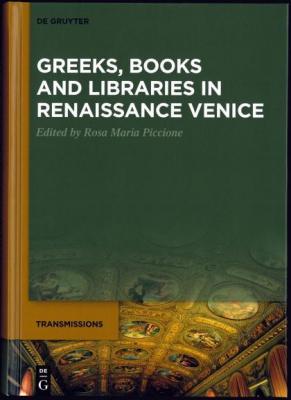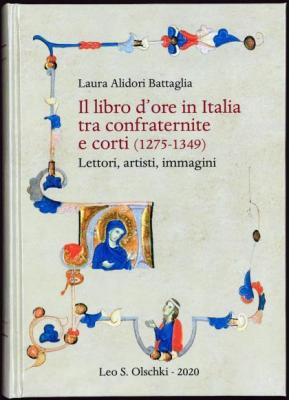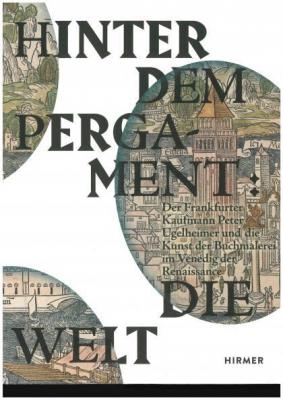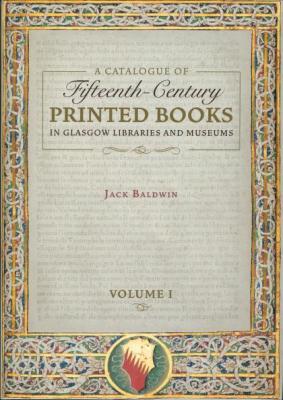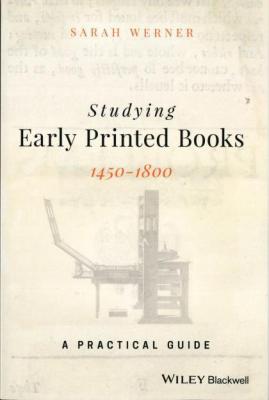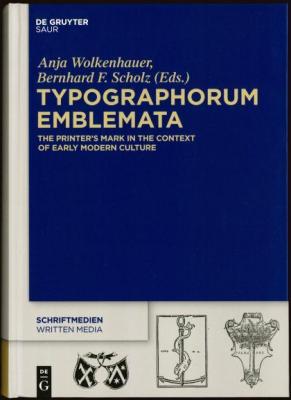News & Updates Associazione Librai Antiquari d'Italia
A trip to Venice in February - Visit the ALAI Venice Rare Book Fair and explore a city so rich in printing and publishing history!
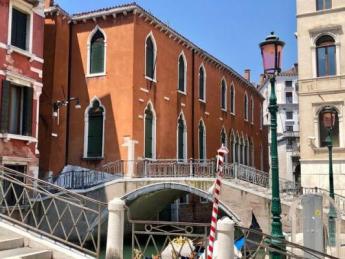
Image above: Palazzo Pisani Revedin, venue for the upcoming ALAI Venice Rare Book Fair, LIBRAI ANTIQUARI A VENEZIA
The history of book printing in Venice dates back to the 15th century when the city emerged as one of the leading centers of book production in Europe. In 1469, the first printing press was established in Venice, marking a new era in the city's history. Venice quickly became a hub for the production of books and the distribution of knowledge, attracting printers, publishers, and scholars from all over Europe. The city's strategic location, combined with its thriving trade network, made it possible for books to be distributed widely throughout the continent. Additionally, Venice's thriving publishing industry was supported by the government, which saw the value of a well-educated population and the role books could play in advancing knowledge and culture. The city's printers produced a wide range of books, from classical literature to scientific works, and their innovations in printing and typography helped to spread ideas and knowledge across Europe.
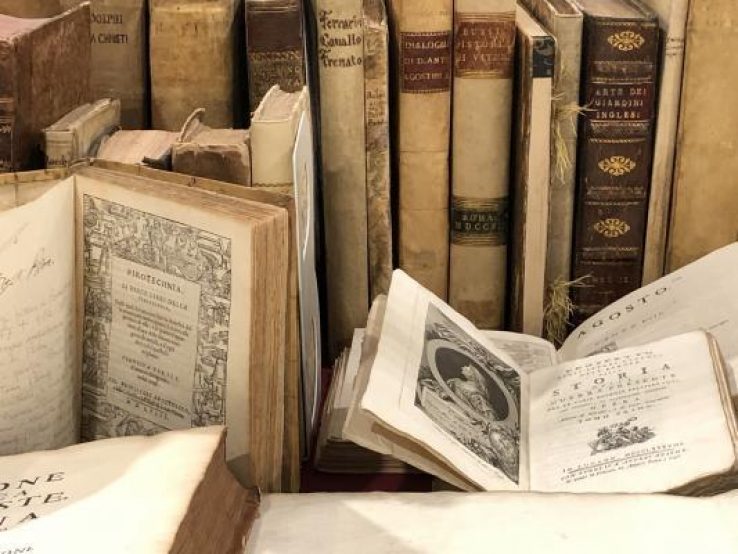
It is widely believed that the first printing press in Venice was established by two German printers, Johann and Wendelin of Speyer. They were among the first to bring the newly developed printing technology from Germany to Italy and set up a printing press in Venice in 1469. The brothers quickly established a thriving printing business, producing a wide range of books, including classical literature, scientific works, and religious texts. Their success helped to establish Venice as one of the leading centers of the printing industry in Europe and contributed to the spread of knowledge and ideas throughout the continent. Venice produced some 3500 known editions with some 9900 impressions (Germany in comparison 9300 and France about 4500 editions). It was a time when Venice overtook Paris as the center of the book trade. Even though the recorded number of printing houses might not be entirely correct, one speaks of 230 active printing houses before 1501.

Of particular interest to many collectors and booksellers is Venice's famous Aldus Press, established in Venice in the late 15th century by Aldus Manutius. Aldus, humanist and scholar, saw the potential of the newly developed printing technology to spread knowledge and ideas. He established the Aldus Press to produce high-quality, affordable editions of classical literature, and he is credited with helping to revive interest in Greek and Latin literature during the Renaissance. Aldus's editions were known for their high quality, and he introduced several innovations in printing and typography that are still used today, such as the use of italic type and the octavo format. He also established the Aldine Press, which became one of the most important publishing houses in Europe, and was known for its high-quality editions of classical literature and works of Greek and Latin literature. Aldus and the Aldine Press significantly contributed to the revival of classical learning and the dissemination of knowledge during the Renaissance. The legacy of the Aldine Press continues to be celebrated today, and its editions are highly prized by collectors and scholars.
Today, Venice remains a vibrant city with a rich cultural heritage. It continues to attract visitors from all over the world who come to admire its beautiful architecture and art collections.
Cultural life is centered around its many museums, art galleries, and historic buildings, which house some of the most important collections of art, literature, and music in the world.
The city always has and will continue to attract writers, poets, filmmakers, and artists due to its unique history and diversity, and simply charm.
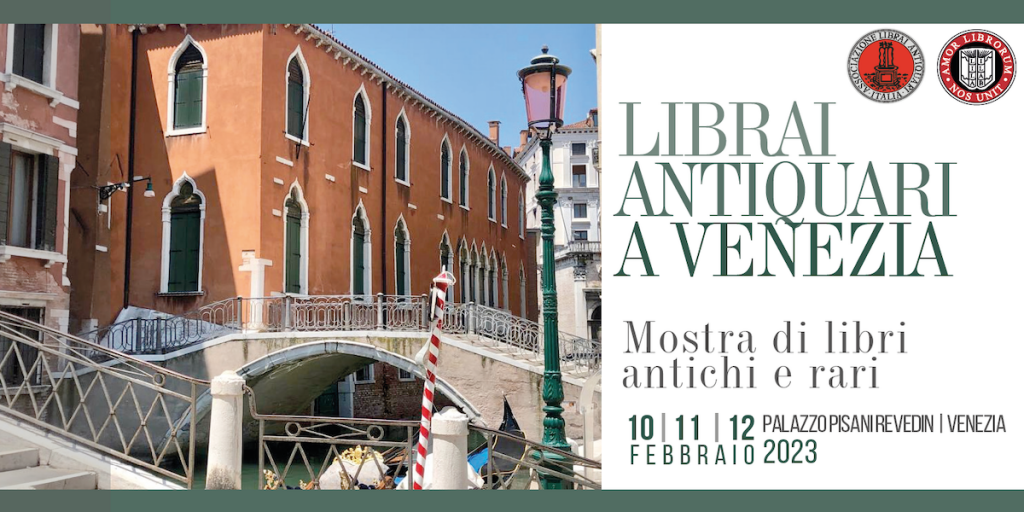
Venice will also be the location for a new, rare book fair, organised by the Italian antiquarian booksellers' association, Associazione Librai Antiquari d'Italia: LIBRAI ANTIQUARI A VENEZIA
From 10 -12 February 2023, Italian and international booksellers will welcome collectors and book lovers to the beautiful Palazzo Pisani Revedin Cultural Centre. It is housed in the Palazzo Pisani Revedin, a historic building in the Cannaregio neighborhood of Venice. The cultural center was established to promote cultural and artistic activities and to preserve the cultural heritage of Venice, a perfect location for an ILAB rare book fair.
All exhibitors are listed on the fair website HERE
When in Venice, what other bibliophilic highlights can be visited?
The Biblioteca Nazionale Marciana, the national library of Venice, houses one of the world's largest collections of books and manuscripts. It is a must-visit for anyone interested in the history of books and printing; the library offers guided tours, well worth a booking: https://bibliotecanazionalemar...
The Palazzo Grassi - Francois Pinault Foundation houses a collection of rare books, manuscripts, and works by contemporary artists: https://www.palazzograssi.it/e...
The Museo di Storia della Scrittura e della Stampa, located in the Scuola Grande di San Giovanni Evangelista, is dedicated to the history of writing and printing: https://www.bellascrittura.eu/...
Venice's Fondazione Giorgio Cini Libraries with its over 300,000 items are an extraordinary resource for study and research in the fields of history, art history, music, literature, theatre and Oriental studies. The collections housed on the Island of San Giorgio are highly specialised and traditionally associated with the scholarly activities of the Foundation’s Institutes and Research Centres. The facilities for the library resources are organised round the New Manica Lunga library. Together with the 17th-century library designed by Baldassarre Longhena, now used as a reading room, it is the place most conducive to concentration and study. https://www.cini.it/
ILAB booksellers in Venice will of course welcome guests with pleasure:
La Carta Bianca Studio Bibliografico di Gianni Rossi
Lella & Gianni Morra. Japanese Prints and Illustrated Books
Linea d'acqua Libreria Antiquaria di Luca Zentilini
And why not end the day in one of the famous cafes such as Caffè Florian, located in the heart of Piazza San Marco? Established in 1720, Caffè Florian is one of the oldest coffeehouses in the world and has a long history as a gathering place for writers, artists, and intellectuals. Possibly with a copy of Hemingway's "Across the River and into the Trees" in hand, his most famous work set in post-World War II Venice.
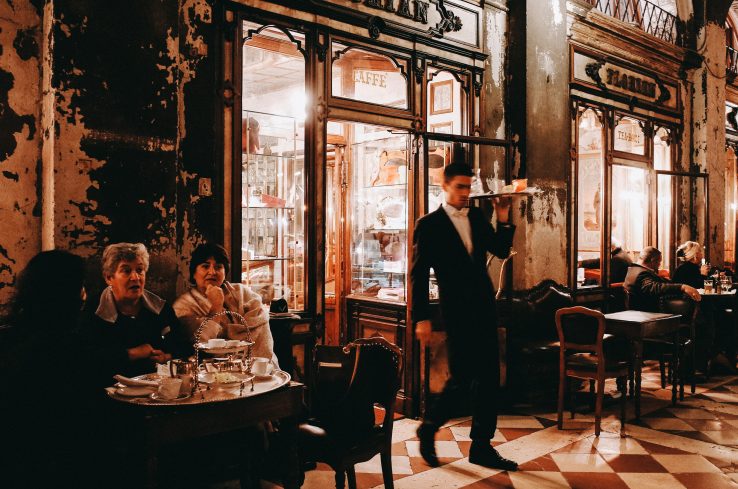
Benvenuti nella splendida Venezia! Welcome to beautiful Venice!
For further reading, we recommend viewing some titles submitted for the recent ILAB Breslauer Prize for Bibliography:
Greeks, Books and Libraries in Renaissance Venice by Rosa Maria Piccione, ed.
Studying Early Printed Books, 1450-1800A Practical Guide by Sarah Werner
Text: Angelika Elstner

